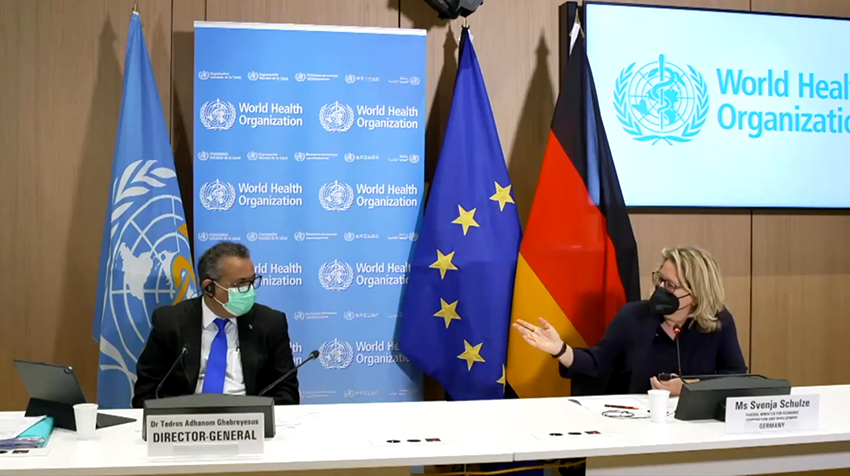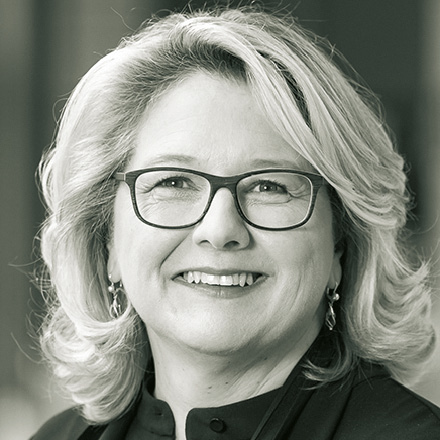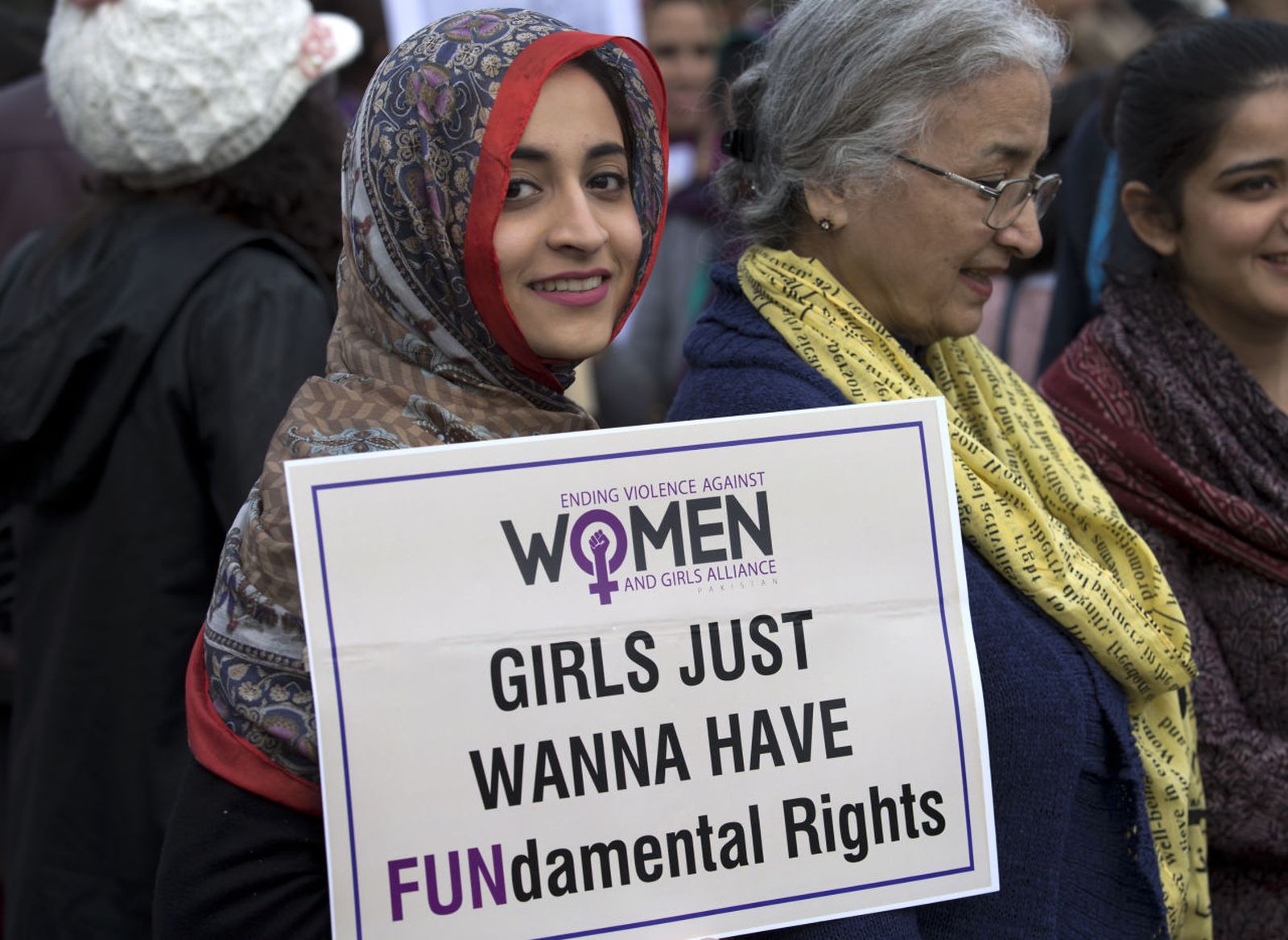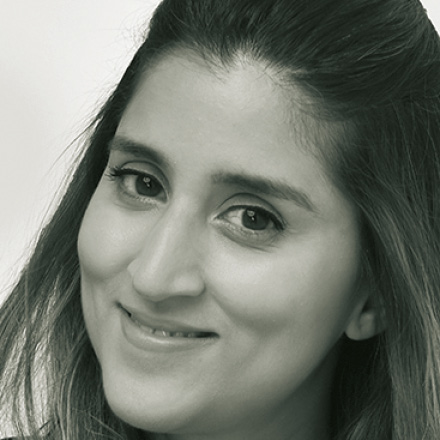Saudi Arabia
How much reform can the kingdom take?
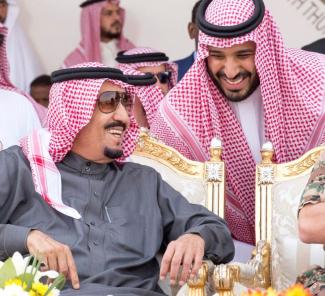
Over the last 70 years, oil has transformed Saudi Arabia from a poor desert country to a consumer-oriented rent economy. The Saudi nation enjoys the benefits of a welfare system without paying significant levels of tax. Menial work is done by immigrants while the Saudis find well-paid jobs in the public sector. All power resides with the royal family, which clings resolutely to its absolute monarchy. The general public accepts political tutelage as long as its prosperity remains untouched.
But Saudi wealth is built on shaky foundations – not just because of fluctuating oil prices. As long as the population was small, the state could be a generous benefactor. That gets harder as the numbers rise. Today, Saudi Arabia’s population stands at around 31 million. In 1960, it was just 5 million.
In “Vision 2030”, the government set ambitious goals. It aims to treble the size of the non-oil sector by 2020 – a massive challenge considering that oil currently generates 90 % of government revenue. To mobilise more capital and also reduce overemployment in the public sector, today’s state-dominated Saudi economy will be opened to the private sector. Renewable energy, mining, infrastructure, transport and tourism are regarded as promising sectors for the future. Investment in education will focus on producing more skilled labour for activities in the non-oil sector. Moreover, the government plans to promote female employment in order to harness the high level of education that women have now achieved. Finally, more jobs will be created for the country’s growing population. In 2011, a system of quotas, incentives and sanctions was introduced to get private companies to employ more Saudi labour.
However, public-sector employees will need to accept major cuts; salaries have been substantially reduced. What is more, the generous state subsidies paid for electricity, water and petrol will be slashed. And the planned introduction of value added tax will generate further revenue. These measures are designed to reduce the very high budget deficit. Fiscal consolidation will slow down the already ailing economy but the government expects a major boost from the sale of at least five percent of shares in the state-owned oil company Saudi Aramco. If the sale does impact on economic growth, however, the effect will not be felt in the immediate future.
The driving force behind the reform agenda is Mohammad bin Salman, the 31-year-old son of the king, who has just been promoted from second to first in line to the throne. The future monarch is seen as a moderniser but also as a hawk on foreign policy. As defence minister, he took the country to war against the Houthi militias in Yemen, involving it in a bitter conflict that has dragged on since 2015.
In terms of both the time frame and the scope of the changes planned, “Vision 2030” is very ambitious. Taken individually, each measure that it encompasses may be economically rational. The programme as a whole, however, could prove a politically explosive mix. The Saudi public, accustomed to prosperity, needs to be prepared for the biggest social cutbacks for decades. Also, a whole range of taboos are set to be broken in an arch-conservative society. It remains to be seen, for instance, how the Wahhabi clergy will react when more women start pursuing a working career. And the Saudis are not going to be keen to do jobs that are done at present by immigrants. If the reform agenda is systematically implemented, the combination of social service cuts, perceived loss of status and possible conflicts of interest with the clergy at a time of low economic growth could trigger considerable public unrest, for which there is no democratic safety valve. It is not possible to roll out radical economic reform without releasing the ossified social and political system from its chains.
Nassir Djafari is an economist and freelance writer.
nassir.djafari@gmx.de

